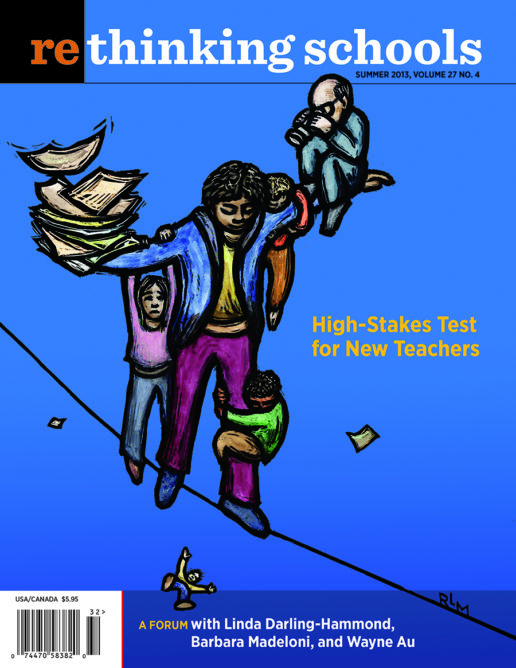Our picks for books, videos, websites, and other social justice resources 27.4
Check out these valuable resources, reviewed by Rethinking Schools editors and Teaching for Change colleagues.
PICTURE BOOK
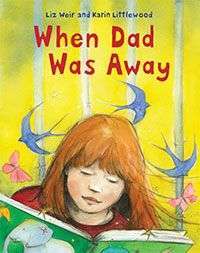
When Dad Was Away
By Liz Weir, Illustrated by Karin Littlewood
(Frances Lincoln Children’s Books, 2012)
32 pp., $17.99
While her father is in prison, Milly deals with many of the challenges faced by the thousands of children of incarcerated parents. She is teased by classmates, wonders if it is her fault that her dad is in prison, and misses him terribly. Written with young children in mind, the story balances the problems with positive experiences. Milly visits her father, he sends her a recorded CD of his voice, and he returns home on her birthday. With more than 2.7 million children in the United States who have a parent in prison, this is a book to be widely read and discussed.
HISTORICAL FICTION
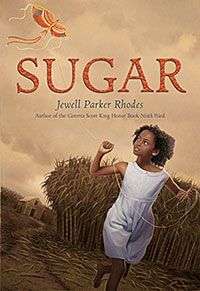
Sugar
By Jewell Parker Rhodes
(Little Brown, 2013)
288 pp., $16.99
Growing up on a plantation during Reconstruction with her grandparents, 10-year-old Sugar is inquisitive and adventurous. So when Chinese workers are brought in chains for the harvest, Sugar is determined to figure out where they came from and to befriend them. She has to overcome not only the barriers of language and culture, but also the concerns of the older African Americans, who wonder if these new, younger workers threaten their meager yet vital employment. This middle school chapter book offers a chance to learn an untold story of Reconstruction that was a precursor to the Great Migration.
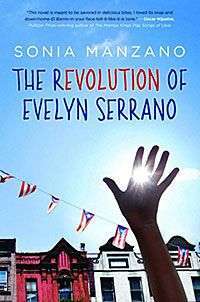
The Revolution of Evelyn Serrano
By Sonia Manzano
(Scholastic, 2012)
224 pp., $16.99
Puerto Rican teenager Evelyn Serrano experiences two revolutions: the Young Lords coming to her community in East Harlem and her own coming of age. The two intertwine, making this an engaging and educational story for middle and high school students. Manzano sets her historical fiction in 1969, when the Young Lords occupy a church, starting a free breakfast and other community programs. This is an ideal introduction for students to the Young Lords, a key yet seldom taught story of Puerto Ricans in the modern Civil Rights Movement.
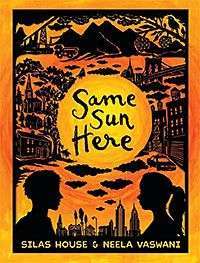
Same Sun Here
By Silas House and Neela Vaswani
(Candlewick Press, 2011)
297 pp., $15.99
Two 12-year-old students become pen pals: River in the mountains of Kentucky and Meena in Chinatown, New York. Both prefer old-fashioned snail mail, allowing the reader to savor their long, journal-like letters. River writes about how his family and community are being destroyed by mountaintop removal. He is being raised largely by his grandmother, Mamaw, an outspoken activist fighting to protect jobs and the environment. As River explains to Meena, who remembers the mountains in her home country of India but has never heard of mountaintop removal, “Mamaw said if a place has coal and poor people, then the coal companies will take it out any way they can and don’t care what happens to the people.” Meena writes back that it sounds like what happened to her parents’ village when a dam was built in India. Now, “tourists come and rent boats that bob up and down in the water. They pose for pictures above the spot where our village used to be.” Meena’s letters chronicle the challenges faced by many new immigrants in school, housing, legal status, and employment. Although Same Sun Here teaches the reader a lot, it does so without being preachy. In fact, at times you will be convinced you came across a packet of real letters.
HIGH SCHOOL AND ADULT NONFICTION
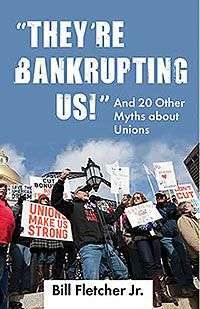
“They’re Bankrupting Us!” And 20 Other Myths About Unions
By Bill Fletcher Jr.
(Beacon Press, 2012)
224 pp., $15
If you’ve been in a discussion with colleagues or family about labor issues, most likely you’ve heard someone say “Unions were good once, but we don’t need them anymore,” “Unions are corrupt,” or “Public sector unions cause budget deficits.” Fortunately, you no longer need to come up with answers to these challenges alone. Each chapter of Bill Fletcher’s new book takes on one of the most common contemporary myths about organized labor. In addition to its role at family dinners, this book would be useful for labor education programs and high school government or economics classes.
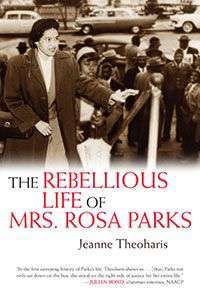
The Rebellious Life of Mrs. Rosa Parks
By Jeanne Theoharis
(Beacon Press, 2013)
320 pp., $27.95
The Rebellious Life of Mrs. Rosa Parks blows away the myths we learned about the “tired seamstress” who wouldn’t give up her seat on the bus. The only thing she was tired of was injustice. Parks had an amazing life of activism beginning in the 1930s—with her concern about the Scottsboro Boys—through her participation in the birth of the Civil Rights Movement in the South, work with Myles Horton at the Highlander Folk School, and role in the bus boycott in Montgomery. After the victory of the boycott, she moved to Detroit, where she lived more than half her life. She collaborated with a wide range of activists, including communists, socialists, and participants in the anti-Vietnam War and Black Power movements.
Whatever we think we know about Rosa Parks, there is far more we do not know. The Rebellious Life of Mrs. Rosa Parks shows us an extraordinarily rich life of activism and makes it clear that her participation did not begin and end on December 1, 1955, frozen in time.
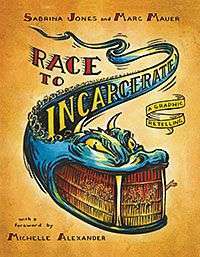
Race to Incarcerate: A Graphic Retelling
By Sabrina Jones and Marc Maurer
(New Press, 2013)
128 pp., $17.95
Race to Incarcerate: A Graphic Retelling is the perfect antidote to the silence in textbooks about the prison-industrial complex in the United States. In graphic novel format, facts and history of the criminal injustice system are made accessible for grades 7 to adult. The New Jim Crow author Michelle Alexander writes in the foreword, “Do not underestimate the power of the book you are holding in your hands. . . . I hope you will use this book as a tool for consciousness-raising, organizing, and advocacy. The time is long overdue for America to wake up and face the truth about the human rights nightmare that is occurring right here, right now, on our soil.”

